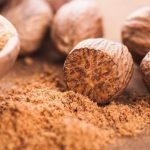Spices
Spices
past, present, and future riches
History
 Colonialization
Colonialization
The first Dutch expedition sailed from Amsterdam (April 1595) to the East Indies (now Indonesia). Another Dutch convoy set sail in 1598 and returned one year later with 600,000 pounds of spices and other East Indian products. The East India Trade Association (VOC) forged alliances with major producers of cloves and nutmeg. Meanwhile the British East India Company (EIC) shipped large quantities of spices during the early 17th century.
In 1602 the Dutch East India Company (VOC) emerged under the authority of the Dutch Plantation General. In 1664 the French East India Company was founded by state authorization under Louis XIV. Other European countries awarded charters to East Indies companies with varying success. This was followed by struggle and conquest for profit and control of the spice trade monopoly. Portugal, for more than 100 years was the dominant power, finally succumbed to corporate partnerships and conquest by the British and the Dutch, by the 19th century British interests were firmly rooted in India and Ceylon (now Sri Lanka), and the Dutch held control over most East Indies (Nusantara or Indonesia now).
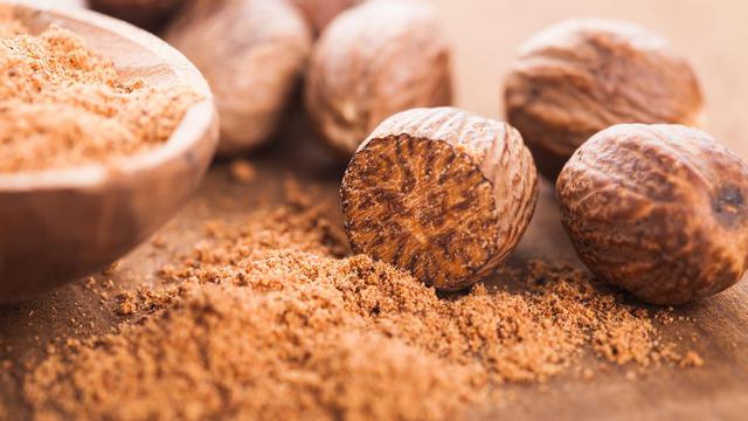 This heating up of trade competition caused competing nations to turn to military means to control the spice trade. In 1641, the Portuguese Moluccas were captured by the Dutch. After this capture of the Moluccas the Dutch saw the plantations concentrated on cloves and nutmeg, and then using the Batavia Agreement (1652) the Dutch attempted to destroy the clove and nutmeg trees on all the other islands to maintain supply and control the important market for spices. These efforts disrupted the ancient pattern of Indonesian trade and even resulted in the depopulation of the entire archipelago, especially the Banda Islands.
This heating up of trade competition caused competing nations to turn to military means to control the spice trade. In 1641, the Portuguese Moluccas were captured by the Dutch. After this capture of the Moluccas the Dutch saw the plantations concentrated on cloves and nutmeg, and then using the Batavia Agreement (1652) the Dutch attempted to destroy the clove and nutmeg trees on all the other islands to maintain supply and control the important market for spices. These efforts disrupted the ancient pattern of Indonesian trade and even resulted in the depopulation of the entire archipelago, especially the Banda Islands.
Maluku under the Dutch also became a major port of entry for the spice trade, and trade between Europeans in different parts of South and East Asia was often more profitable than supplying their home countries. In the 1530s, the Portuguese shipped more cloves, nutmeg and mace to India and Ormus than Portugal. The buyers at Ormus were “Moorish merchants who passed it through Persia, Arabia and all of Asia as far as Turkey.” From at least the 17th century, the same product was brought to Bengal by the Portuguese and the Dutch. The British traders found their sales results “very well over forecast” on Surratt and other Indian and Persian trading stations. The Dutch between 1620 and 1740 marketed a third or more of their spices, especially cloves, in Asia: Persia, Arabia and India. Demand for Japanese spices was served by the Portuguese from Macau and then by the Dutch, but the demand for cloves and spices generally in the early 17th century is said to be relatively small and as a result low prices.


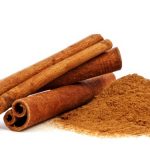


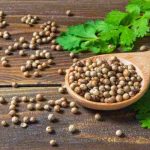

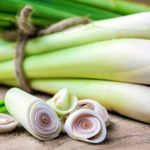

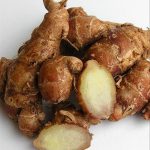
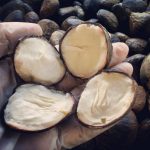
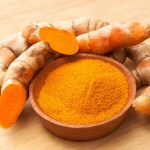
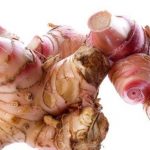
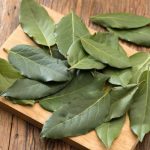

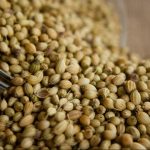
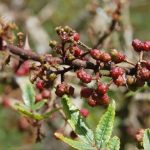
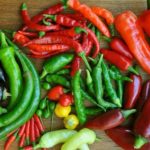
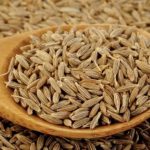
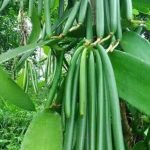
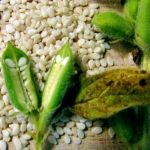
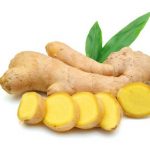
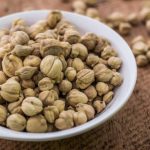
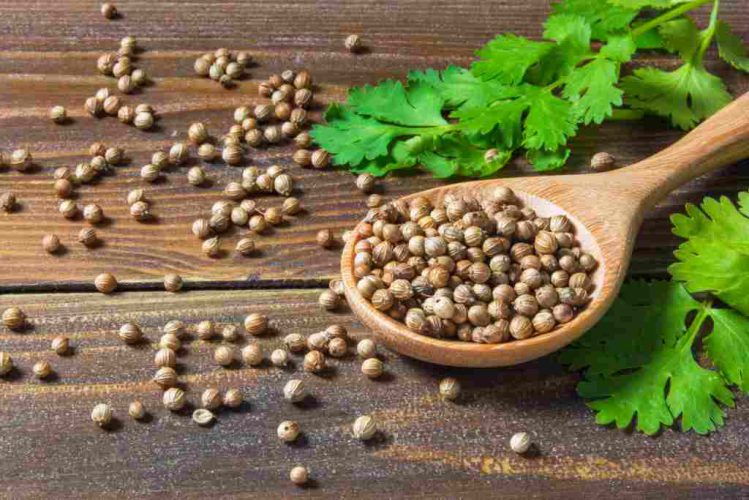 In 1815, the first shipment of nutmeg from Sumatra had arrived in Europe. In addition, islands in the West Indies, such as Grenada, were also involved in the spice trade. Sandalwood from Timor and Tibetan incense gained status as valuable commodities in China during the early 18th century. East Asia is showing an interest in sandalwood products, which are used to create Buddha images and other valuable artifacts.
In 1815, the first shipment of nutmeg from Sumatra had arrived in Europe. In addition, islands in the West Indies, such as Grenada, were also involved in the spice trade. Sandalwood from Timor and Tibetan incense gained status as valuable commodities in China during the early 18th century. East Asia is showing an interest in sandalwood products, which are used to create Buddha images and other valuable artifacts.
In the mid-19th century, artificial refrigeration technology was born. Spices at that time were not only used for seasoning food, as their main purpose today. However, before the advent of artificial cooling technology, spices were also used to preserve food and mask the taste of food that was starting to rot. The advent of this new technology resulted in a decline in the overall status of the consumption of spices, and of their trade.
Cultural exchange
The strength of Buddhism and Hinduism in the history of Southeast Asia, including the archipelago, is associated with strong economic activity and the spice trade in the region, as customers of the spice trade entrust large funds which will later be used for local economic benefits with settlement management, expertise and promotion of activities. trading. Buddhism in particular, grew with the growth of maritime trade, which promoted currency, art and literacy in Southeast Asian history. The greatness of the Srivijaya maritime empire, which was then centered on Sumatra, was also due to the influence of maritime trade, including the spice trade routes that passed through the Sunda and Malacca Strait.
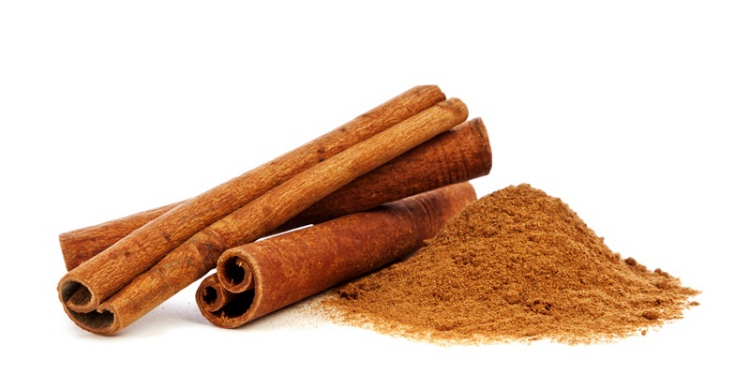 The religion of Islam also spread throughout the Eastern World, reaching maritime Southeast Asia in the 10th century through this trade. Muslim traders played an important role in the spice trade. Likewise Christian missionaries, such as Saint Francis Xavier, also played an important role in the spread of Christianity in the East. Christianity at that time competed with Islam to become the dominant religion in the Maluku Islands. However, the indigenous people of the “Spice Islands” accommodated aspects of both religions with ease.
The religion of Islam also spread throughout the Eastern World, reaching maritime Southeast Asia in the 10th century through this trade. Muslim traders played an important role in the spice trade. Likewise Christian missionaries, such as Saint Francis Xavier, also played an important role in the spread of Christianity in the East. Christianity at that time competed with Islam to become the dominant religion in the Maluku Islands. However, the indigenous people of the “Spice Islands” accommodated aspects of both religions with ease.
The Portuguese colonial settlements saw traders such as Vanika from Gujarat, Chetti from South India, Christian Syria, Chinese from the province of Fujian, and Arabs from Aden involved in the spice trade. Epic stories, languages, and cultural customs were borrowed by Southeast Asia from Hindustan, and later China. Knowledge of Portuguese became important for traders involved in this trade.
Hindustani traders involved in the spice trade brought Indian cuisine to Southeast Asia, like modern-day Malaysia and Indonesia, where the spice mix and curry became popular. Europeans married Indians, and popularized valuable culinary skills, such as baking, in India. The Portuguese also introduced vinegar to India, and Franciscan friars produced it from sap. Indian food, conforming to European tastes, became visible in England in 1811 when exclusive establishments began to cater to the demand for tastes both curious and returning from India.
Rempah-Rempah - Spices
Uses and Benefits
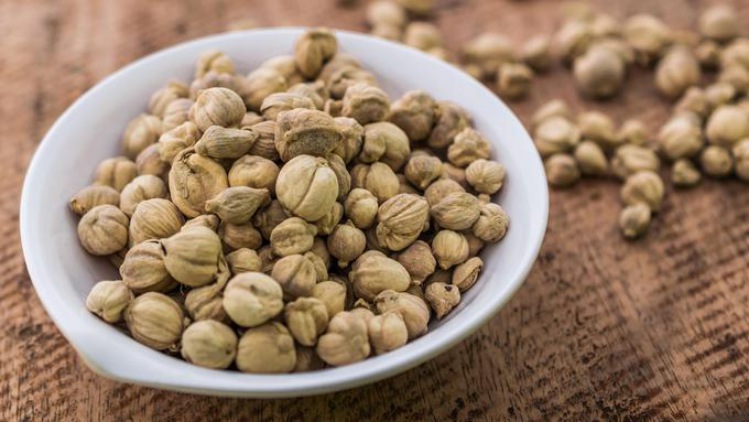 Spices are part of a plant that is often used as a complement to food. In Indonesia alone, spices are very diverse. Starting from pepper, cinnamon, cloves, nutmeg, ginger, to cardamom. Spices are commonly used as food seasonings.
Spices are part of a plant that is often used as a complement to food. In Indonesia alone, spices are very diverse. Starting from pepper, cinnamon, cloves, nutmeg, ginger, to cardamom. Spices are commonly used as food seasonings.
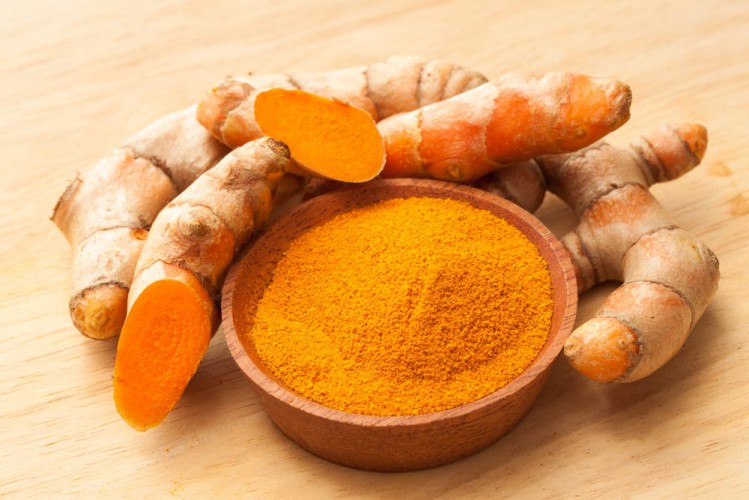 However, it turns out that previously spices were not identically used as a complement to food but for treatment. In fact, camphor was used to embalm corpses. Among them are camphor from the Arabian and African Peninsula named Commiphora Myrrha, and camphor from the archipelago called Cinnamomum-Camphora.
However, it turns out that previously spices were not identically used as a complement to food but for treatment. In fact, camphor was used to embalm corpses. Among them are camphor from the Arabian and African Peninsula named Commiphora Myrrha, and camphor from the archipelago called Cinnamomum-Camphora.
Spices were one of the commodities most hunted by ancient people. More precisely, in the “age of spices” which was a period of rampant search of the archipelago for spices.
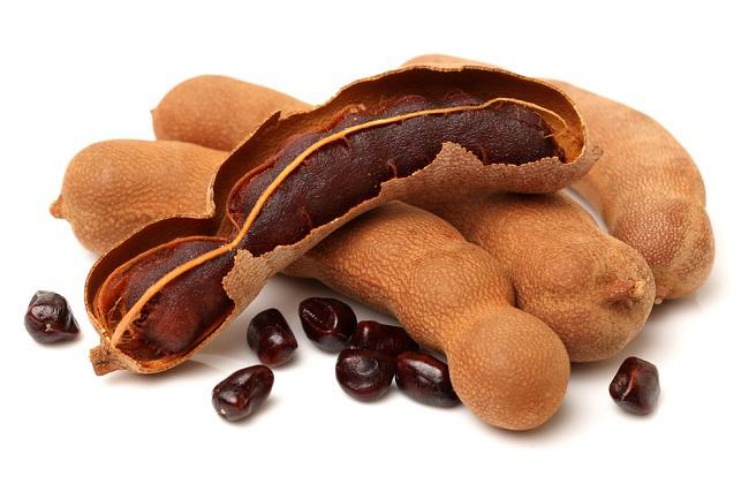 In ancient times, spices were nothing more than a symbol of exoticism, wealth, prestige, and were full of sacredness, for example, as a mouth freshener before meeting high officials.
In ancient times, spices were nothing more than a symbol of exoticism, wealth, prestige, and were full of sacredness, for example, as a mouth freshener before meeting high officials.
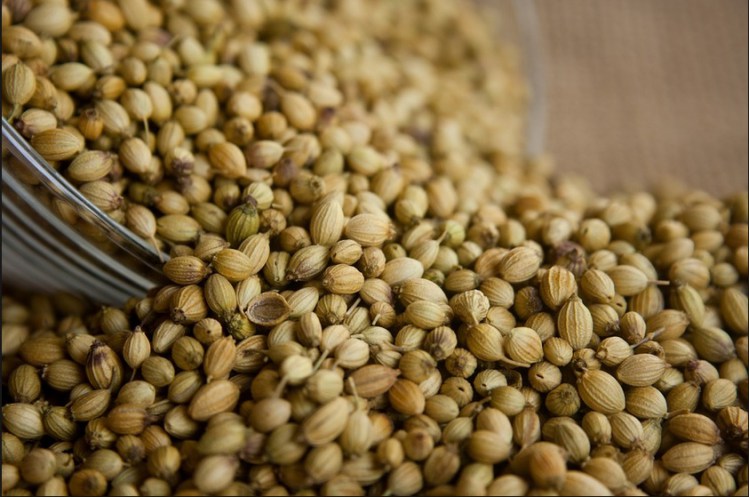 According to a philosopher named Theophrastus (circa 372 – 287 AD), spices such as pepper are actually used more by healers than by cooks. While in China during the Han Dynasty, cloves were used as a mouth freshener. Used when speaking to an emperor or other high officials.
According to a philosopher named Theophrastus (circa 372 – 287 AD), spices such as pepper are actually used more by healers than by cooks. While in China during the Han Dynasty, cloves were used as a mouth freshener. Used when speaking to an emperor or other high officials.
The orientation of spices is not for the taste of cooking. In medieval Europe, spices were used to preserve meat or to mask the fishy smell of meat even though the properties were not optimal.
Another use is as a spicy flavor enhancer and warmer. Traces of the use of spices in ancient Indonesian culinary delights lie in some of the inscriptions and manuscripts scattered across Java.
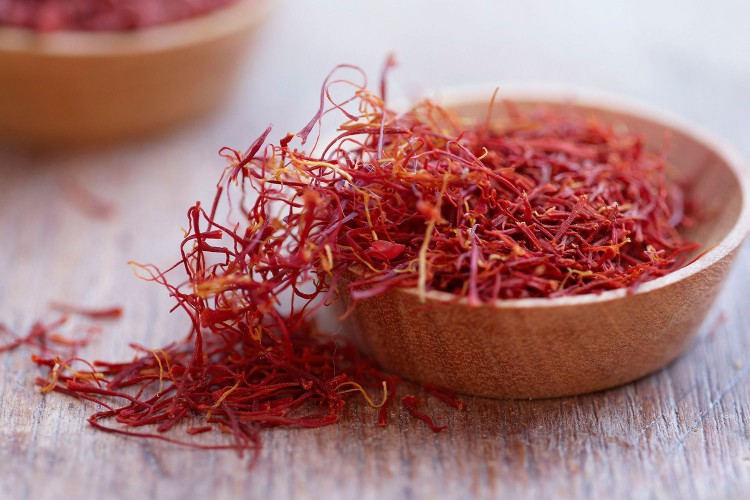 According to H.I.R. Hinzler in Eten en drinken in het Oude Java (2005), there are several temple relics that show the use of spices in ancient culinary arts. Although cloves and nutmeg are spices that may be used by many people, they were not used very often in ancient Javanese culinary.
According to H.I.R. Hinzler in Eten en drinken in het Oude Java (2005), there are several temple relics that show the use of spices in ancient culinary arts. Although cloves and nutmeg are spices that may be used by many people, they were not used very often in ancient Javanese culinary.
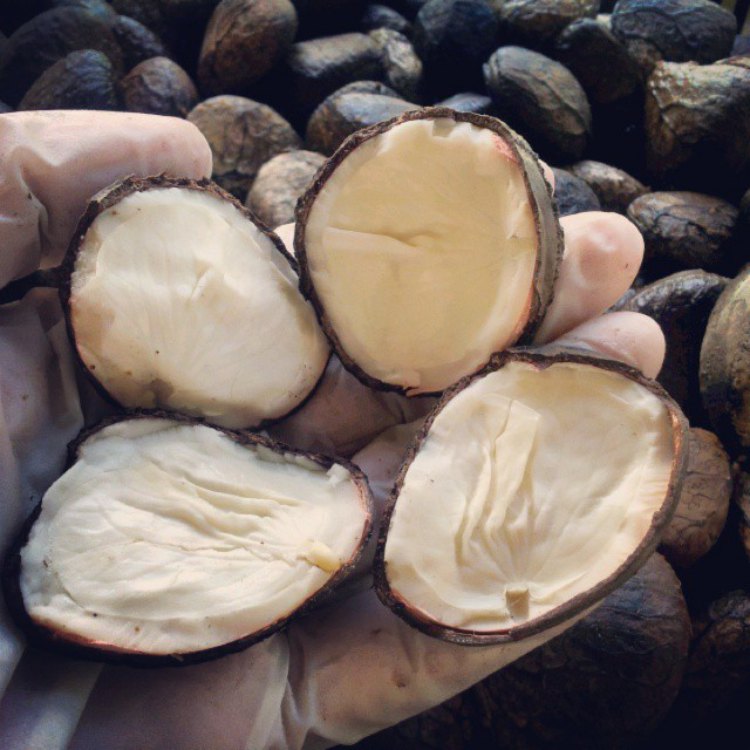 The spices used include tamarind, ginger, shallots, garlic, Javanese chilies, lemongrass and bay leaves. Then pepper, galangal, hazelnut, keluak, cardamom, cumin, kencur, turmeric, and cinnamon. This is often used by ancient Javanese ancestors. Spices also used to be widely used as a spicy and warming flavor.
The spices used include tamarind, ginger, shallots, garlic, Javanese chilies, lemongrass and bay leaves. Then pepper, galangal, hazelnut, keluak, cardamom, cumin, kencur, turmeric, and cinnamon. This is often used by ancient Javanese ancestors. Spices also used to be widely used as a spicy and warming flavor.
These uses existed before the 1600s. This period is called Fadly as the “pre-chili era”. This is because the food at that time was dominated by yellow instead of red. Spices that are used as spices to add a spicy flavor and warmth include ginger, Javanese chili (piper retrofractum), pepper, and chili (capsicum).
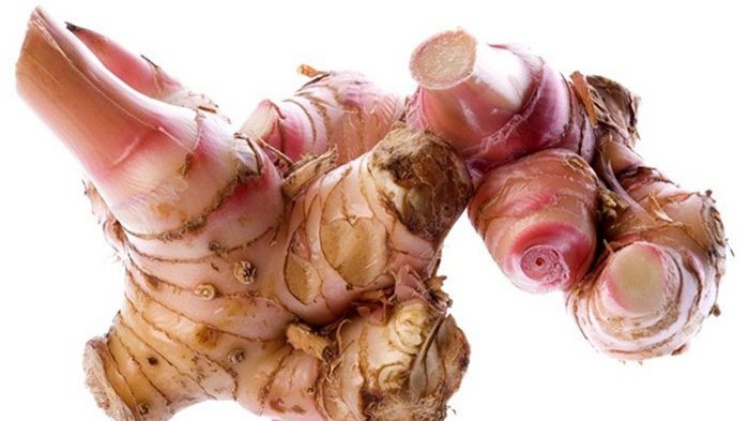 In an ancient Balinese cookbook called Dharma Caruban, there are three spicy preparations made using spices. The three preparations are different and are not even mentioned in ancient Javanese culinary texts, such as ginger, laos, kencur, and coriander (for alkalis).
In an ancient Balinese cookbook called Dharma Caruban, there are three spicy preparations made using spices. The three preparations are different and are not even mentioned in ancient Javanese culinary texts, such as ginger, laos, kencur, and coriander (for alkalis).
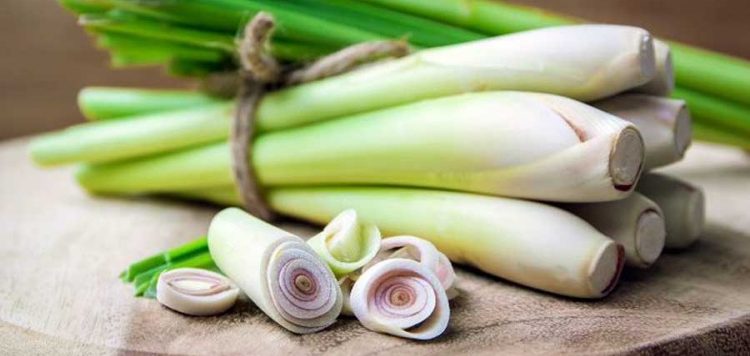 Then there are shallots, garlic, pepper, shrimp paste, salt, kencur, and sugar (for chili sauce). There are also those who use Javanese chili which is now only used for herbal medicine by the ancient Javanese people.
Then there are shallots, garlic, pepper, shrimp paste, salt, kencur, and sugar (for chili sauce). There are also those who use Javanese chili which is now only used for herbal medicine by the ancient Javanese people.
Another benefit is as a bartering and aphrodisiac tool. Jan Huygen van Linschoten notes that in the Maluku Islands, cloves were used as a means of bartering. The cloves are then exchanged for rice, corn, shallots, garlic, and others. That is, as a commodity, not for consumption but for commercial needs.

